the Capital Cities and Tombs of the Ancient Gaogouli Kingdom
the Capital Cities and Tombs of the Ancient Gaogouli Kingdom
Gaogouli is located in Ji'an City, Jilin Province. It includes domestic cities, Wandu Mountain City, 14 Royal mausoleums and 26 noble tombs. Domestic city and Wandu Mountain City (the first name of Lieutenant Nayancheng) are the capital cities of Gaogouli in the early and middle period (1-5th century A.D.).
Its characteristic is that the plain city and the mountain city depend on each other and are all capitals. The Koguryo monument in Ji'an City is a relic of the Koguryo Dynasty. In the plain around Ji'an, there are more than 10,000 ancient tombs of the Koguryo era, which are known at home and abroad as "Donggou Ancient Tombs Group".
brief introduction
Gaogouli (37 B.C. - 668 A.D.) was an important frontier ethnic group in Northeast China from the Western Han Dynasty to the Sui and Tang Dynasties. During the Zhou and Qin Dynasties, the ancestors of Gaogouli lived in the northeast of China. In 37 B.C., Zhu Meng, a Fuyu people, established political power in the area under the jurisdiction of Gaogouli County in Xuanqu County. During the golden age of Koguryo, its sphere of influence included southeastern Jilin, east of Liaohe River and Northern Korean Peninsula. In 668 AD, Koguryo was destroyed by the Tang Dynasty and Sinura in the southeastern part of the Korean Peninsula. It lasted 705 years in history.
Located in Ji'an City, Jilin Province, the tombs and murals of Koguryo kings, mausoleums and nobles are classics of brilliant civilization created by Koguryo, which has been obliterated by the long history.
Historical capital
The King City of Koguryo is a capital city, consisting of both the plain city and the mountain city, including the domestic city and the Wandu mountain city (the original name of Lieutenant Nayancheng). This is the capital of Koguryo in the early and middle period (A.D. 1-5 centuries), and it is also the capital that the Koguryo regime continued to use for the longest time.
7,000 Koguryo-era tombs are located in the Donggou Plain surrounded by mountains outside the King's City of Koguryo. Many beautiful murals with smooth lines, rich contents and legendary and mythical colors in the tombs are the characteristics of these ancient tombs. Although they have been more than a thousand years ago, they are still bright in color. Fourteen large Koguryo mausoleums and a large number of Royal noble Mural Tombs represented by General's Tomb and Taiwang Tomb in Donggou Group reflect the historical process of Koguryo from different aspects, and are also valuable cultural and artistic treasures left by Koguryo to mankind.
General grave
Among them, the general's tomb on the cliff at the foot of Longshan, 4 kilometers northeast of Ji'an City, is considered as the mausoleum of the twentieth generation King Longevity. It is similar to the tomb of the ancient Egyptian Pharaoh and is known as the "Oriental Pyramid". General's tomb is 31 meters long and 12 meters high. The tomb body is square and conical. There are seven steps. The tomb body is magnificent and its shape is bright and solemn. It epitomizes the height of Gaogouli's architectural skills and artistic achievements.
Tai King Mausoleum
The tomb path of the general's tomb faces the Taiwang Tomb not far away. On the east side of the tomb stands the King Jiaotai Monument, known as "the first monument in the East", which was built by the Longevity King in memory of the 19th Dynasty King Yongle. The stele is made of a huge square pillar stone, more than 6 meters high, with a total of 1775 inscriptions on all sides. Its font is between official script and regular script. Gaogouli is the longest written material preserved so far.
regime
The Koguryo regime began in 37 B.C. and ended in 668 A.D. and was once the most influential national regime in Northeast China. It has played an important role in the historical development of Northeast Asia. The Koguryo regime began in Huanren County, Liaoning Province, and moved its capital to the domestic city (Ji'an, Jilin Province today) in the third year of A.D. and then to Pyongyang in 427. Huan Ren and Ji'an are the political, cultural and economic centers of Gaogouli regime in the early and middle period. They totaled 465 years and are the most concentrated areas of Gaogouli's cultural heritage.
Honor
World Heritage List
The World Heritage Committee commissioned the International Council of Monuments and Sites to evaluate the Koguryo Project and concluded that the Koguryo Project met five of the six criteria for inclusion in the World Heritage List. Including: it embodies the masterpiece of human creation and wisdom; as the capital and tomb built in the early history, it reflects the influence of the Han nationality on the culture of other nationalities and the unique mural art; it also reflects the disappeared Koguryo civilization; the capital built by the Koguryo Dynasty using stone, clay and other materials has an impact on the later; it shows the creation of human beings; Perfect combination with nature.
China's "Koguryo Royal City, Mausoleum and Aristocratic Tombs" listed in the World Heritage List include 3 Royal City, 14 Royal Mausoleums and 26 Aristocratic Tombs, which are located in Ji'an City of Jilin Province and Huanren County of Liaoning Province.
Wunu Mountain City: The Early Gaogouli Mountain City in Huanren County, Liaoning Province
Wandu Mountain City: The Pre-Gaogouli Mountain City in Ji'an City, Jilin Province
Domestic City: Pingcheng in the Early Stage of Gaogouli in Ji'an City, Jilin Province
Wang Mausoleum: Maxian 0626 Tomb, Qianqiu Tomb, Xida Tomb, Maxian 2100 Tomb, Maxian 2378 Tomb, Qixing Mountain 0211 Tomb, Qixing Mountain 0871 Tomb, Taiwang Tomb and Haotai King Stele, Linjiang Tomb, Yushan Tomb 2100, Yushan Tomb, General Tomb and No. 1 accompanying tomb.
Aristocrat tombs: corner tombs, dance tombs, manger tombs, trough tombs, King-type tombs, ring-pattern tombs, Ranmou tombs, Wang-type tombs, ring-pattern tombs, Ranmou tombs, lotus flower tombs, Changchuan 2 tombs, Changchuan 2 tombs, Changchuan 4 tombs, Changchuan 1 tomtombs, Yushan 3319 tomtombs, five-helmet tomtomtomtomtomtoms No. 1, five-helmet tomtomtomb No. 1, five-helmet tomtomb No. 2, five-helmet tomb No. 5 tomtomtomtombs, five-helmet tomtombs No. 5, four-god tombs, Yushan 2112 tomb, Yushan tomb, four-four-helmet tomb, four-tomb, four-helmet tomTomb 3, Helmeted Tomb Four Helmets Tomb No. 4, Brother Tomb, Brother Tomb, Folded Tianjing Tomb, Turtle-shell Tomb.
Login process
North Korea began to apply for the World Heritage List in 2000. It was not successful in preparing to be included in the World Heritage List at the 27th Paris Conference of the World Heritage Committee held in 2003. China has applied since 2003. At the 28th Session of the World Heritage Committee, held in Suzhou in 2004, Capital Cities and Tombs of the Ancient Gaogouli Kingdom in Northeast China and Complex of Gaogouli Tombs in North Korea were listed on the World Heritage List as two independent world cultural heritages.
Login standard
Registered because it meets the following criteria for assessing World Cultural Heritage: represents a unique artistic achievement, a creative masterpiece of genius; can have a great impact on the development of architectural art, monument art, urban planning or landscape design in a certain period of time or in a certain cultural area of the world; (iii) can provide a unique culture or tradition that has disappeared. It is at least a special witness; (iv) an outstanding example of a certain architectural style in the development of human history; (v) an outstanding example of traditional human habitation or use, representing one (or several) cultures, especially vulnerable to irreversible changes.
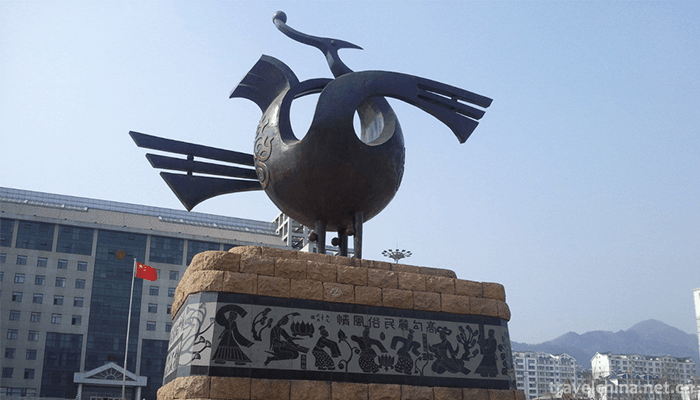

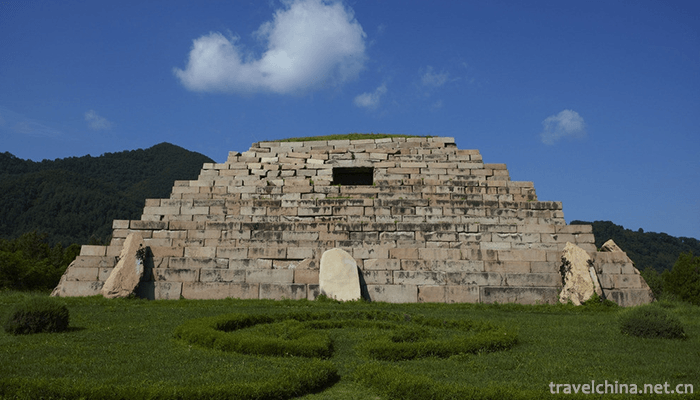
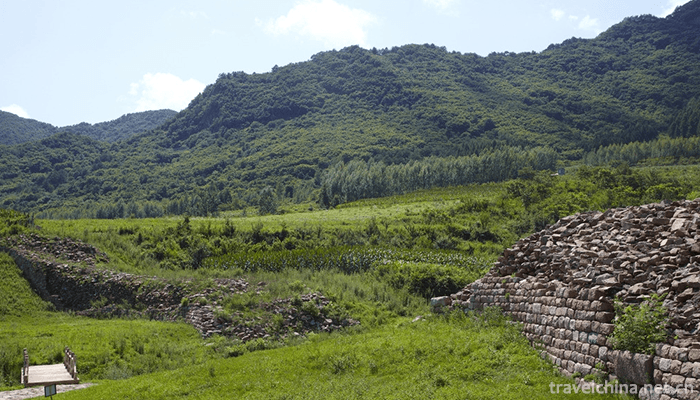
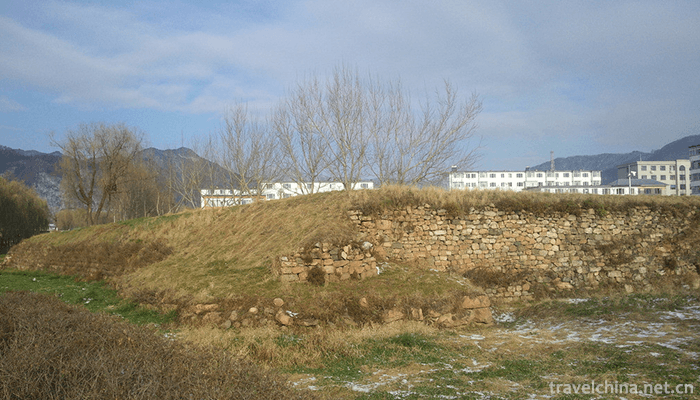
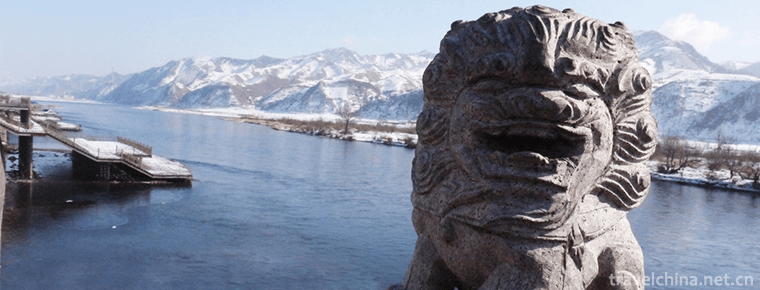
-
1.Cattle back Mountain Niubeishan Mountain
Niubei Mountain is located in the border of Xingjing County and Luding County in Ya'an City, Sichuan Province. It is the watershed between Qingyi...
Time 2018-10-13 -
2.Jingpo Lake
Jingbo Lake: National AAAAA-level tourist attractions, World Geopark, National Key Scenic Spots, International Ecotourism Resort, National Civilized Scenic Spots Demonstration Sites
Time 2018-12-05 -
3.Huaying Mountain Tourist Area
Huaying Mountain Tourist Area is a famous red revolutionary tourist resort in China, located in Huaying City, Guang'an. The scenic area is divided into three parts: Stone Forest Scenic Area
Time 2018-12-27 -
4.Kaiping Garden
Kaiping Liyuan is located in Bohua Village, Tangkou Town, Kaiping City, Guangdong Province. It is a private garden of Xie Weili, an overseas Chinese traveling to the United States in Tangkou Town
Time 2019-01-29 -
5.The Construction Skills of Hui School Traditional Dwellings
The construction techniques of Hui traditional dwellings are the traditional wood structure construction techniques with rich local characteristics. The legend of woodworking techniques is written bet
Time 2019-05-04 -
6.Sheng Guanyue in Jizhong
Jizhong Sheng wind music is popular in Jizhong Plain, that is, south of Beijing, west of Tianjin, north of Cangzhou and Dingzhou frontline nearly 30 counties and cities of traditional drum music varie
Time 2019-05-05 -
7.Silk Strings of Laohekou
Laohekou Silk String is a traditional folk music in Xiangyang City, Hubei Province. Laohekou Silk String is different from other forms of folk literature and art. It is a music that combines folk arti
Time 2019-05-11 -
8.Brewing Techniques of Shaoxing Yellow Rice Wine
Shaoxing has a long history of brewing wine, which can be traced back to the Spring and Autumn Period and the Warring States Period. By the time of the Northern and Southern Dynasties, it was well-kno
Time 2019-06-14 -
9.Xilu Bangkok
Xilu Bangzi a Xilu Bangzi is an ancient traditional opera. Now the embryonic form of Hebei Bangzi was formed in Qingdaoguang period. Its predecessor is Shanshan-Shaanxi Bangzi, which was introduced in
Time 2019-07-01 -
10.Year of the Yi Nationality
In the year of the Yi people, the Yi language is called "Kusi", "Ku" is the year of the Yi people and "Si" is the new year. It means "New Year". It is a traditi
Time 2019-07-12 -
11.Beijing Normal University
Beijing Normal University is a key university directly under the Ministry of education. It is a famous university characterized by teacher education, educational science and liberal arts basic subject
Time 2019-09-06 -
12.Panzhihua before Sui Dynasty
Archaeological discoveries have proved that Panzhihua is one of the areas where human activities took place earlier. In addition to the "Yuanmou Man" and "Butterfly Man" relics found in nearby areas, the huilongdong ancient human site about 18000-12000 years ago has been found in Panzhihua City.
Time 2020-12-14